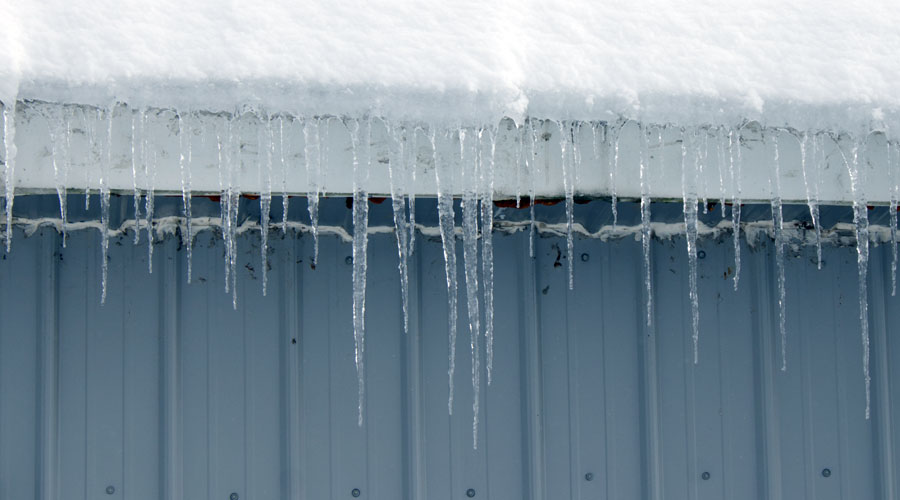
October 24, 2024
Protecting Commercial Property from Extreme Winter Weather
Without proper precautions in place, businesses may encounter severe commercial property damage at the hands of extreme winter weather. Fortunately, businesses can prepare their properties and minimize related damage by implementing these winter storm safeguards:
- Prioritize maintenance and repairs. By keeping the different structural and mechanical features of their properties in good condition, businesses can help limit the damage winter weather may cause. This entails upholding the following maintenance and repair protocols:
- Inspect the roof, gutters, drains and downspouts for wear and tear or other damage (e.g., holes, missing shingles or excess debris) and make repairs as needed.
- Test critical building components (e.g., heating, ventilating and air conditioning systems, electrical equipment, smoke and carbon monoxide detectors, and fire suppression systems) and remedy any concerns immediately.
- Develop snow removal and de-icing plans for outdoor walkways, parking lots and the roof (e.g., designating certain employees to perform these tasks or hiring third-party services).
- Utilize landscaping techniques that minimize the risk of soil erosion from ice buildup and snowmelt and promote sufficient drainage.
- Leverage ample insulation and temperature controls. It’s vital for businesses to prevent frigid air, snow and ice from making it indoors and affecting their properties amid winter storms. This involves utilizing the following insulation and temperature controls:
- Monitor thermostats and keep temperatures above 10 degrees Celsius at all times.
- Inspect the attic, walls and ceilings for cracks or holes; caulk or otherwise seal them as quickly as possible.
- Confirm that windows, doors, skylights, ventilators and shafts are weather-tight.
- Install water-resistant insulation for the attic, pipes and building exterior.
- Protect valuable items and documentation. Businesses should store all essential machinery, technology, supplies, inventory and documentation (e.g., computers, production equipment, emergency contact information and insurance policies) in safe and secure locations, away from areas that may be more vulnerable to winter storm damage.
- Establish response plans and backup systems. Businesses should create emergency response plans that specifically address winter storms. These plans should outline emergency response team members and their primary responsibilities; gas, water and electric supply information; inventory and equipment details; and nearby disaster recovery services. Businesses should also adopt data protection plans to ensure vital files are backed up regularly in the cloud or secure off-site locations, thus allowing for continued access during severe winter weather. It’s also essential to purchase and maintain backup systems (e.g., emergency generators and portable heaters) in the event that winter storms cause power outages or disrupt other utilities.
